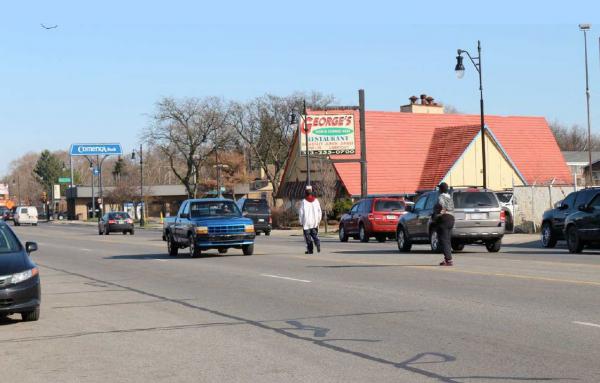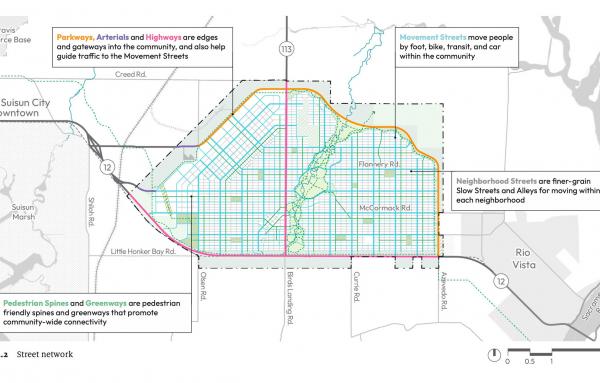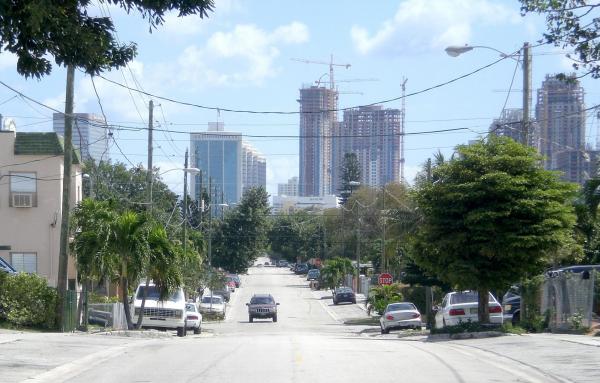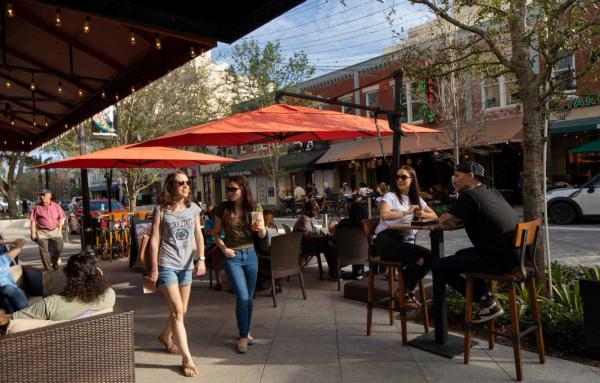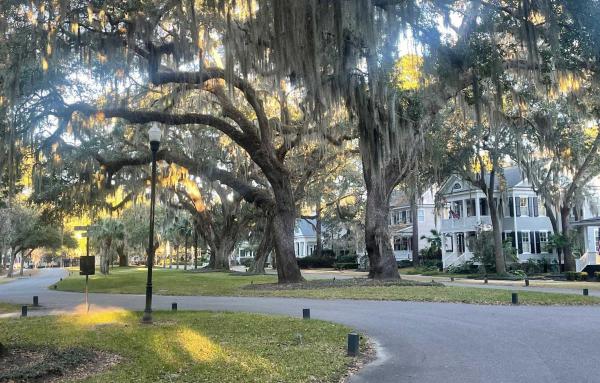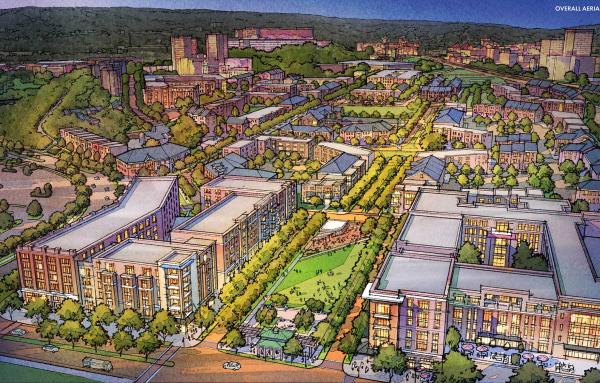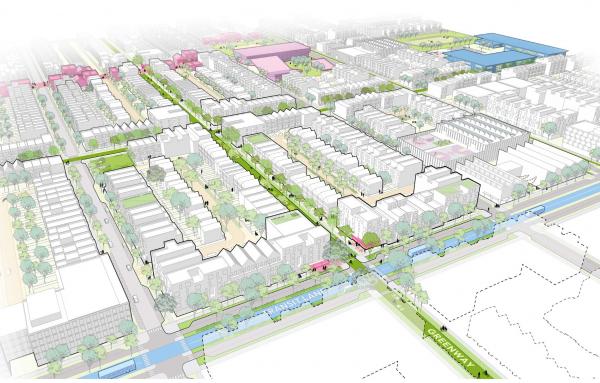RECENT ARTICLES
A relatively small number of locations account for a large share of pedestrian mortality; we know what to do, so let's do something about it.
An analysis of the Miami 21 zoning code, a bold policy move that bets on urbanism, shows that its focus on walkability drives higher demand for neighborhood living.
In other housing news, Oregon’s new model code, a village of tiny homes for the formerly homeless in Austin, and urban cohousing near Chicago.
A 360-acre traditional neighborhood development sets new pattern for growth in Columbus, Georgia.
Four decades of public-nonprofit-private partnership in New Urbanism has produced a city in balance, moving forward.
California Forever in the Central Valley offers an opportunity to test walkable community-building on a scale we haven’t seen in a century.
When protecting nature goes too far.
Stern challenged a modernist establishment in the 1970s and 1980s, building a solid portfolio of work that would firmly establish the idea of ‘modern traditionalism.’
How suburban life quietly redefined everything we buy, use, and throw away.
